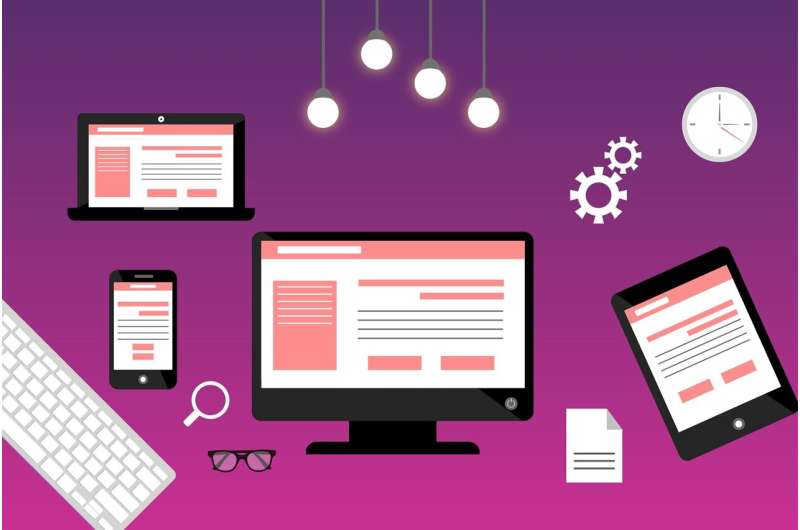This article has been reviewed according to Science X's editorial process and policies. Editors have highlighted the following attributes while ensuring the content's credibility:
fact-checked
trusted source
proofread
Inept website interfaces intensify technophobia

New research published in the International Journal of Web Engineering and Technology, suggests that poor interface design and therefore usability can increase a feeling of technophobia in users. Critically, poor navigation and menus on a website, for instance, emerge as a major issue in this regard. Poorly designed interfaces can thus act as a barrier, bolstering any inherent dislike or fear of technology felt by users. The work offers important insights for designers, policymakers, and health professionals alike.
Mohanad Halaweh of Al Ain University, UAE, Lorna Uden of Staffordshire University in Stoke-on-Trent, UK, Ahmed Mostafa Kamel of the University of Fujairah also in UAE, and Moataz Elbahi Ahram of the Canadian University in Giza, Egypt, constructed hypotheses regarding system support, navigation, and user interface design in order to look at the connections between these elements and the user experience and perception of technology. They tested their hypotheses using a purpose-designed questionnaire.
The results demonstrate that poor navigation is the biggest concern for users with visual aesthetics and support resources also being influential but to varying degrees but not critical to any distraction, frustration, and anxiety they feel.
The researchers suggest that users have a heightened sensitivity to navigation issues because these are commonly rooted in an innate dependence and preference for finding paths that are intuitive and easy to follow. If users find the route fraught with obstacles or otherwise confusing, they are liable to lose their way or become apprehensive of using the technology until they set foot on the path of least resistance once again.
The team points out that the survey demographic was among otherwise computer-savvy students and faculty and so perhaps not the typical technophobe. Yet even those users can experience frustration and become disaffected by badly designed website navigation.
The work has implications for those running any kind of website but where the implications are more serious in the health care and government areas, where a wide range of people are likely to need to use those online services who might otherwise not use e-commerce sites or more frivolous activities.
A public inclined to technophobia could lead to long-term problems in those areas of digital services. Issues of navigation need to be at the core of design to keep users on the path of least resistance rather than having them wandering off the beaten track and finding themselves in the realm of technophobia.
More information: Mohanad Halaweh et al, Technophobia and user interface usability, International Journal of Web Engineering and Technology (2023). DOI: 10.1504/IJWET.2023.132873


















